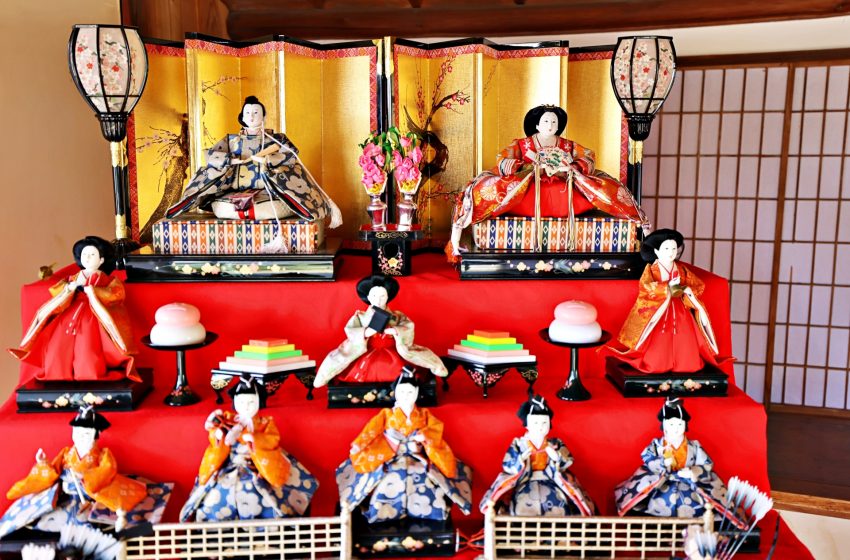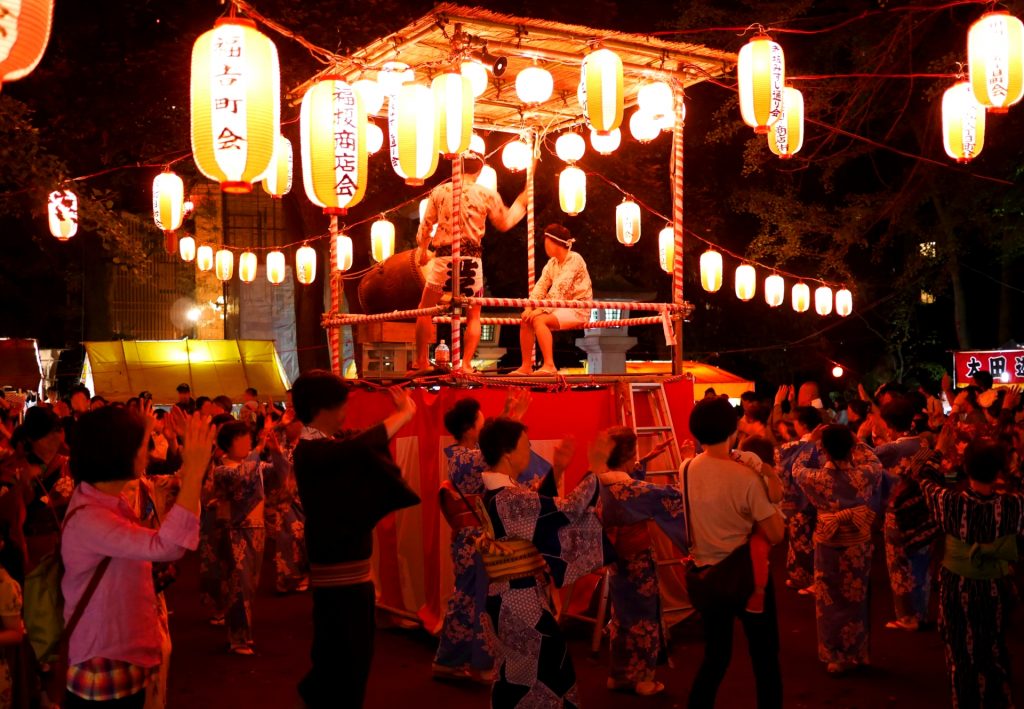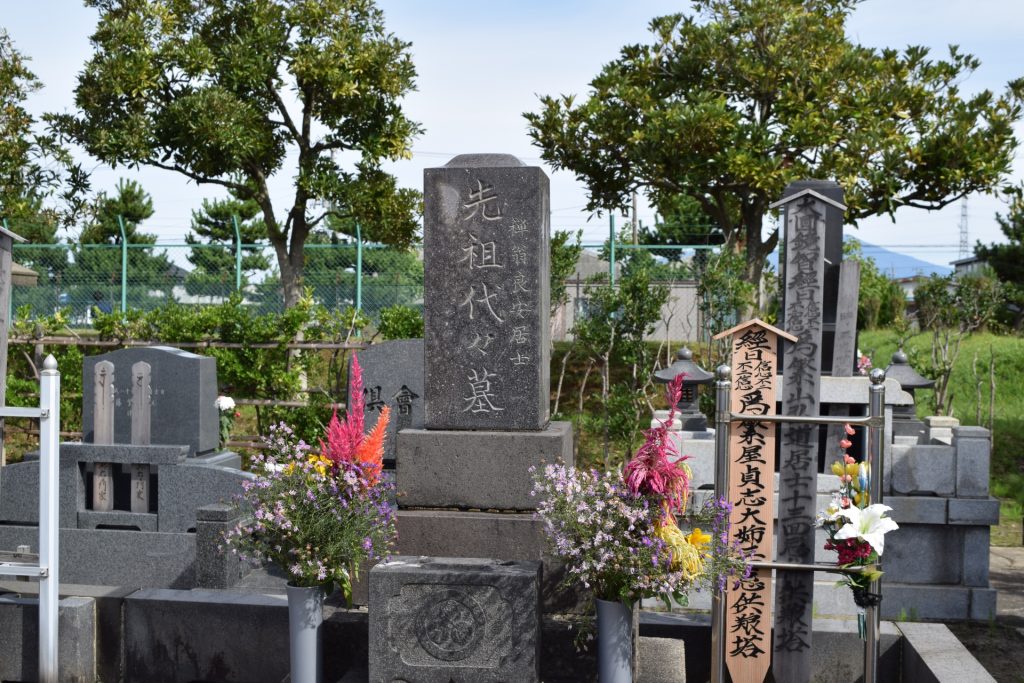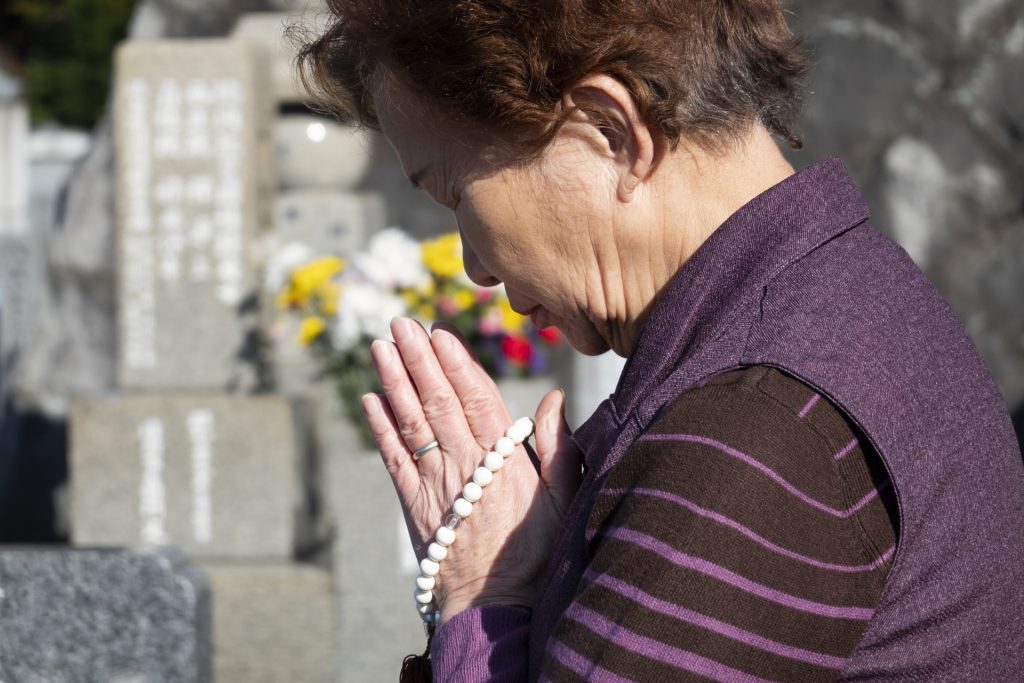
Hina Doll
Hina Dolls: The Graceful Art of Japan’s Doll Festival
Welcome, cultural enthusiasts and collectors! Today, we’re delving into the charming world of Hina dolls, a central feature of Japan’s beloved Hinamatsuri, or Doll Festival. Celebrated annually on March 3rd, Hinamatsuri is a day dedicated to the health and happiness of young girls. The Hina dolls, with their elegant attire and serene expressions, are not just playthings but hold a significant place in Japanese culture and tradition. Let’s explore the history, significance, and beauty of these exquisite dolls.
The History and Significance of Hina Dolls
Hina dolls have their origins in the Heian period (794-1185), a time of refinement and elegance in Japanese court life. These dolls are believed to have been inspired by the paper and straw dolls used in purification rituals. Over the centuries, the dolls evolved from simple figures to elaborate representations of the Emperor, Empress, and their court, all dressed in the resplendent garb of the Heian era.
The Artistry of Hina Dolls
The craftsmanship of Hina dolls is a testament to Japan’s artistic heritage:
- Detailed Craftsmanship: Each doll is meticulously crafted, with detailed features, sumptuous fabrics, and intricate hairstyles that reflect the Heian court’s fashion.
- Emperor and Empress Dolls: The top tier of the Hina doll display features the Emperor (Odairi-sama) and the Empress (Ohina-sama), adorned in traditional court dress, often with the Emperor holding a ritual baton and the Empress with a fan.
- Court Attendants: The other tiers display the ladies-in-waiting, musicians, ministers, and guards, each with their respective attire and accessories.
Hinamatsuri: The Doll Festival
Hinamatsuri is a time when families display these dolls in their homes, often on a multi-tiered stand draped with a red carpet. The arrangement is more than decorative; it’s a wish for the well-being and prosperous future of the family’s daughters.
- Setting Up the Display: The dolls are usually set up in late February and taken down immediately after March 3rd, as superstition holds that leaving the dolls out too long may delay the daughter’s marriage prospects.
- Special Foods and Celebrations: The festival is also marked by special foods like chirashizushi (scattered sushi), hishimochi (diamond-shaped rice cakes), and amazake (sweet rice drink).
Collecting and Preserving Hina Dolls
For collectors and enthusiasts, Hina dolls are prized possessions, often passed down through generations. Their maintenance is crucial:
- Care and Storage: These dolls are delicate and require careful handling. They are stored in special boxes and aired periodically to prevent mold and damage.
- Restoration: Skilled artisans can restore old or damaged dolls, ensuring their preservation for future generations.
Conclusion: Embracing Tradition and Artistry
The Hina dolls are more than mere toys; they’re a vibrant expression of Japan’s cultural heritage, embodying the nation’s artistic craftsmanship and the community’s hopes for its young girls. Whether you’re in Japan during Hinamatsuri or happen upon these dolls in a museum or a collector’s display, take a moment to appreciate the rich history and exquisite artistry they represent.
So, let’s celebrate the tradition, elegance, and cultural significance of the Hina dolls – a timeless symbol of Japan’s rich heritage and affectionate hopes for its children.
Experience the grace and beauty of Hina dolls, and immerse yourself in the captivating charm of Japan’s Doll Festival.




